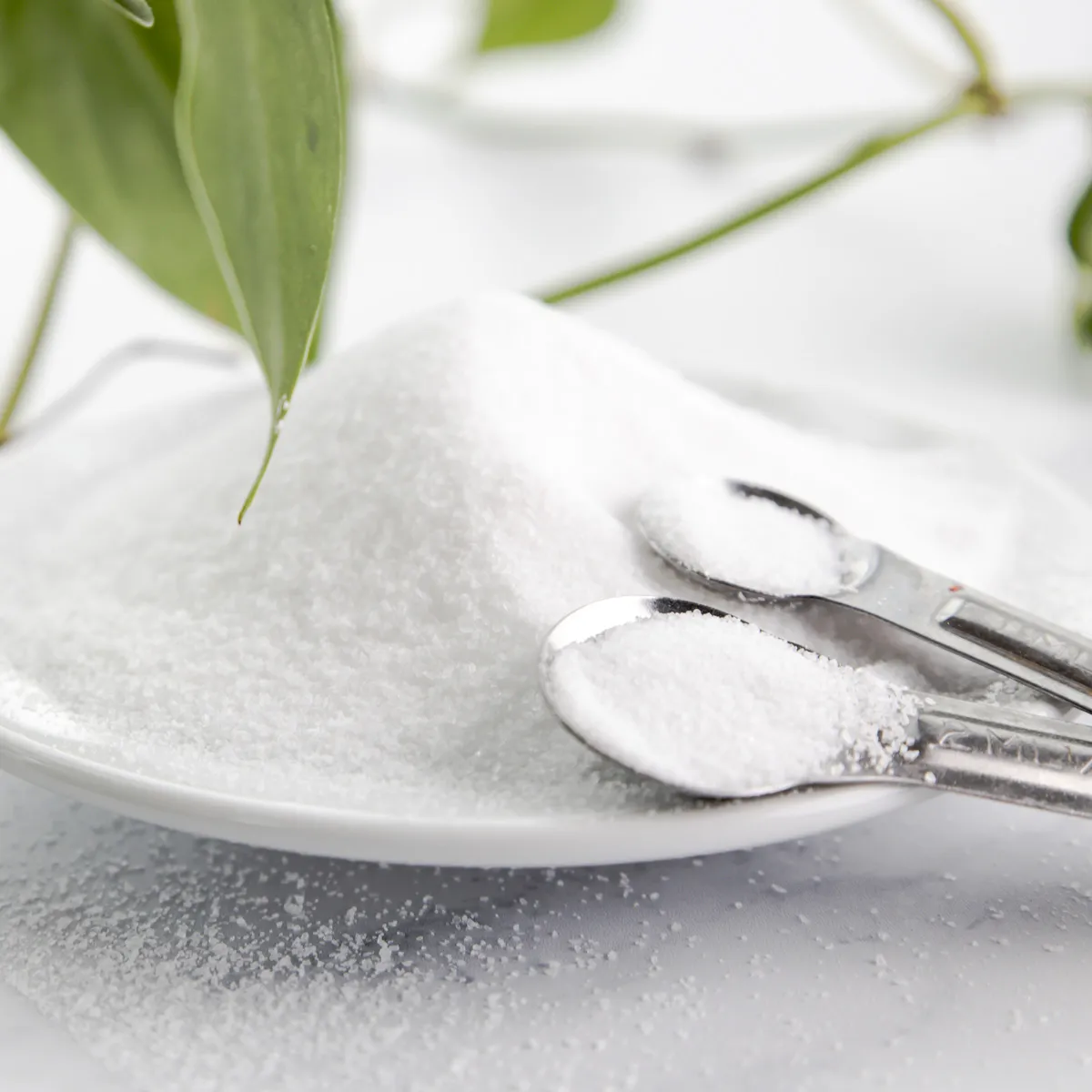IUPAC Name
Octadecanoic acid
Cas Number
57-11-4
HS Code
3823.11.00
Formula
C18H36O2
Industry
Oleochemicals
Appearance
White Beads/Flakes
Common Names
Octadecanoic acid
Packaging
25 Kg Bag
Brief Overview
Saturated fatty acids like stearic acid, also referred to as octadecanoic acid, can be found in high-fat plant and animal sources. With a molar mass of 284.48 g/mol and a chemical formula of CH3(CH2)16CO2H, it has the appearance of a waxy white solid. Along with palmitic and oleic acids in fats by nature is stearic acid, which has been linked to favorable health outcomes. Nearly equal amounts of oleic and palmitic acids are used in its manufacturing. Stearic acid is more concentrated in animal fats than in fats originating from plants. It is frequently found in nature as an ester of fatty alcohol or in mixed triglycerides.
Manufacturing Process
In the manufacturing of stearic acid, fatty acids assume a pivotal role, with the methodology meticulously adjusted to align with the desired final product quality and the specific raw material chosen. A variety of protocols are systematically employed, with tallow and grease emerging as predominant raw materials. The production process is delineated by two essential stages:
a. Hydrolysis, wherein glycerin and fatty acids are synthesized from raw ingredients (oil or fat), followed by the subsequent separation of the resultant products.
b. Separation encompasses the methodical purification and segregation of the fatty acid mixture during the second stage.
Paint Industry
Stearic acid emerges as a valuable enhancer in the realm of candlemaking. Its multifaceted influence encompasses the augmentation of candle hardness and opacity. This secure additive assumes a pivotal role in preserving the structural integrity of freestanding candles, particularly in elevated temperature scenarios, concurrently intensifying luminosity. Moreover, stearic acid contributes to an elevation in the melting point, alongside enhancing overall consistency and durability in candles. The pronounced stability and shaping attributes of stearic acid substantiate its prominence as the optimal selection for the creation of a versatile array of scientific and creative artifacts.
Detergent Industry
Stearic acid plays a crucial role in formulating soaps and cosmetics like face wash, shampoo, beauty soaps, and shaving cream. Its primary function is to enhance the thickness and hardness of soap, ensuring structural integrity. With its potent cleansing and emulsifying properties, stearic acid binds water and oil, resulting in smooth and creamy products. It is commonly incorporated into shampoos, face cleansers, and shaving creams to leverage its versatile capabilities.
Fragrance and Flavoring Industry
Stearic acid is widely used in the food industry as a flavor enhancer and binding agent, improving the taste and texture of various food products. It is applied in the production of margarine, creamy spreads, chewing gums, bakery items, dietary supplements, soft drinks, and artificial sweeteners, aiming to enhance the sensory qualities and visual appeal of these products for consumers.
